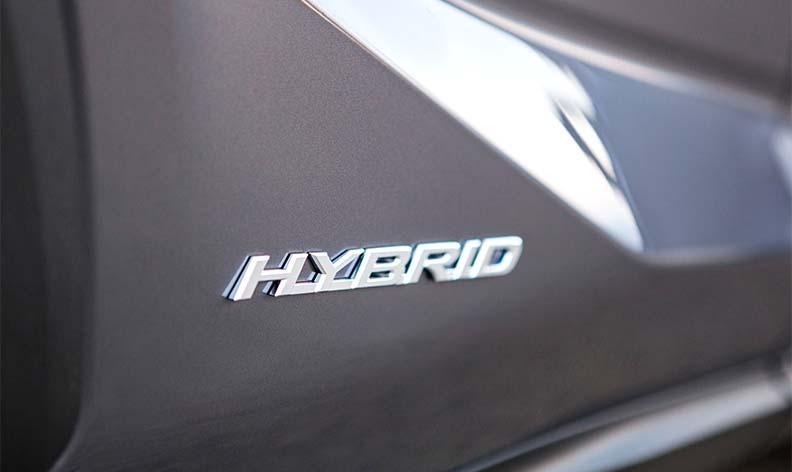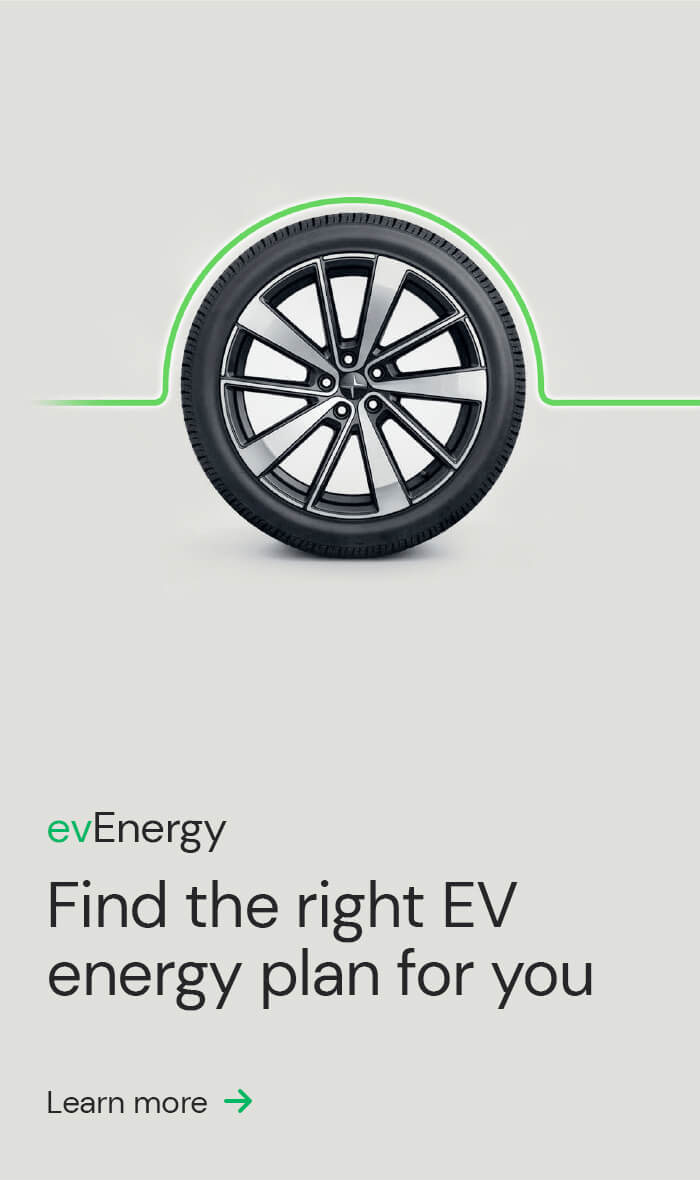Is a hybrid an electric vehicle? In short, yes and no. While they’re similar, the difference in hybrid and electric cars is important, especially if you’re shopping around for your most suitable driving solution.
When it comes to hybrid vs electric cars, our guide outlines the key differences so you can make an empowered driving decision.
What is an electric car?
Electric cars are powered solely by a rechargeable lithium-ion battery. Unlike fuel-powered cars, they do not have engines, rather, electric motors that propel the vehicle’s drivetrain forward.
EVs use plug-in chargers to replenish their batteries. The vehicles can be plugged in at home using a domestic wall socket, or rapidly charged at a public charging station.
From lower running costs and governmental financial incentives to zero carbon emissions, there are many benefits to switching to an electric vehicle.
What is a hybrid car?
A hybrid electric vehicle combines both an electric motor and a traditional internal combustion engine. While EVs require external charging, hybrids do not need plugging in. Instead, the car’s ICE and regenerative braking system charge the battery as it travels along.
In contrast to regular hybrids where the motor complements the engine, plug-in hybrids are the opposite. They are charged as though they are 100% electric vehicles and their electric motors are the main power source.
Aligning a conventional engine with battery-powered motor has many benefits. When they work in tandem, it can significantly reduce CO2 emissions.
Hybrid engines vs normal engines
Normal engines rely entirely on petrol or diesel, while hybrids are powered by both fuel and electricity. A hybrid car’s engine is supplemented by an electric motor. The result is a complex operating system that ensures an optimal marriage of efficiency and performance.
When pulling away, hybrids will use their electric motor to drive forward until it reaches about 24km/hr, at which point it will switch to its engine. Because of the stop-start nature of their system, hybrids are great for urban living where drivers are more likely to break and pull away in busy city traffic. Not only that, but at a time of increasing fuel prices, hybrids help consumers save on fuel costs as well.
Summary
- Electric cars are powered by a lithium-ion battery, which drives an electric motor. They are reenergised using plug-in chargers at home or a public charging station.
- Hybrid cars combine an electric motor and a traditional internal combustion engine. They run on regular fuel and its battery is charged while the car is in motion.
- Plug-in hybrids are charged like an EV and its electric motor is the main power source.
- Normal internal combustion engines rely solely on petrol or diesel.
Are you considering making the switch to an electric vehicle? ActewAGL can help you effortlessly find, finance, and charge your EV. Discover how ActewAGL can support your transition to sustainable driving today.
Sources
https://afdc.energy.gov/vehicles/how-do-hybrid-electric-cars-work
https://www.savings.com.au/car-loans/how-much-extra-do-you-pay-for-a-hybrid-vehicle



